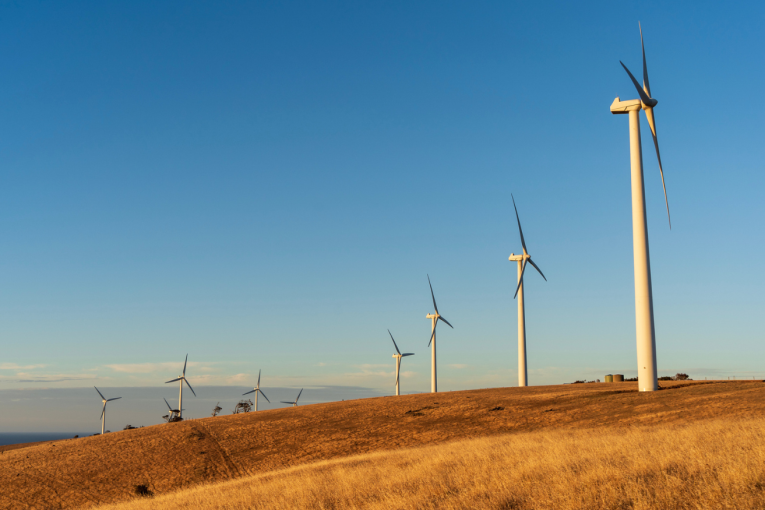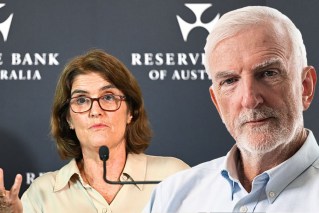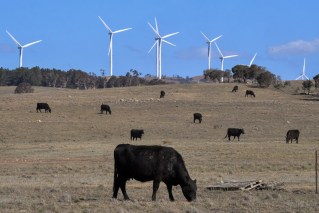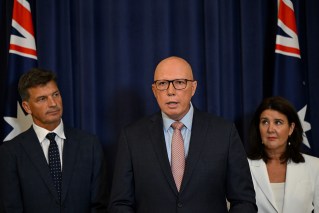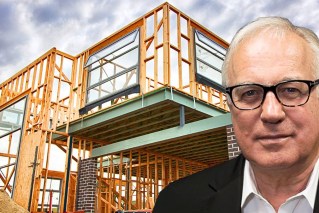The Stats Guy: Is Australia ready for zero-migration? The answer isn’t pretty

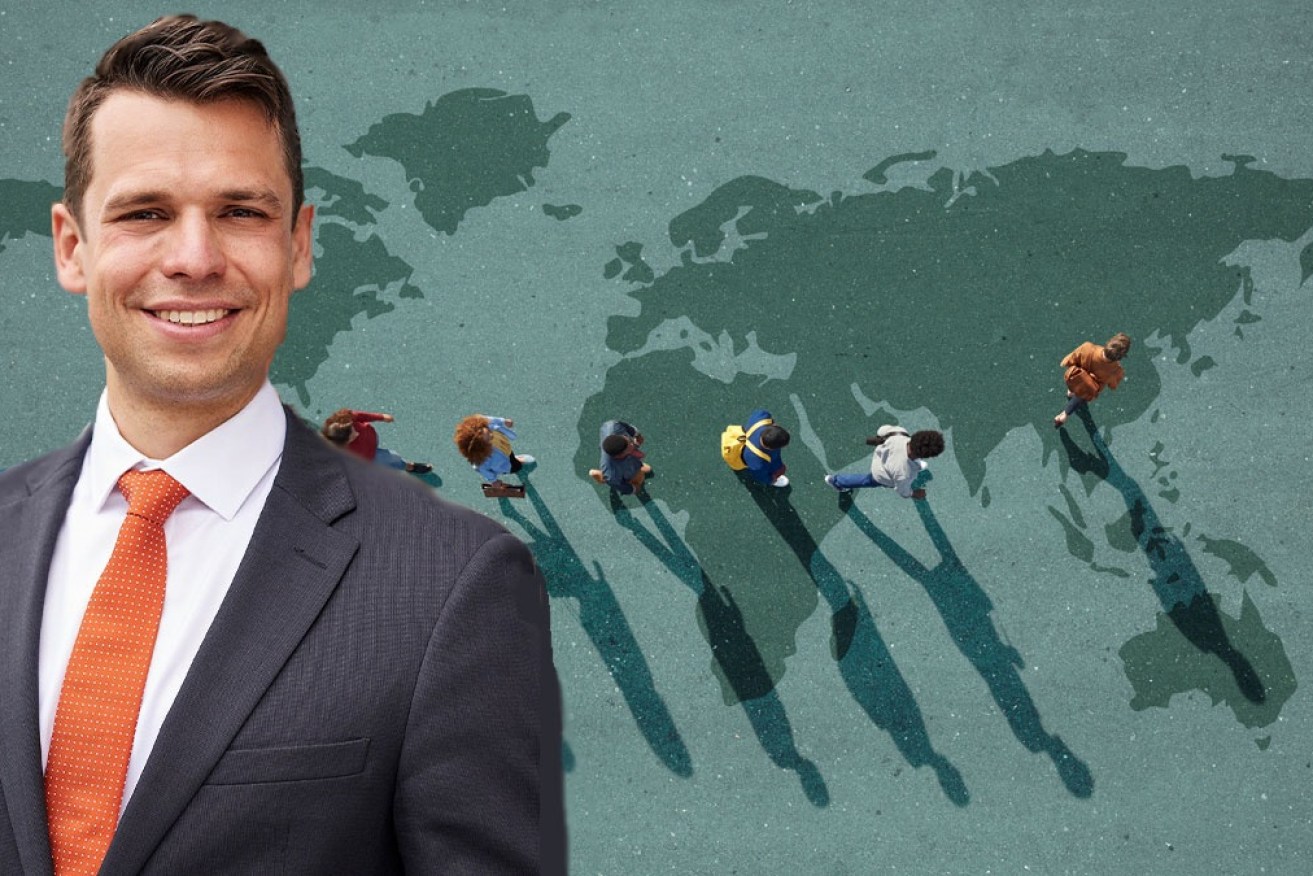
As the world reachs its peak population, competition for skilled migrants will heat up. Photo: TND/Getty
Today we explore the topic of migration. In fact, we will end migration altogether today. We explore an Australia ten years from now where we have stopped all migration.
The idea for this column was sparked after I shared my column on what Australia will most likely look like in 2034 on my LinkedIn profile. Someone asked what 2034 would look like if we stopped migration altogether. Today’s column answers that question.
We have to use a slightly different dataset than in my previous column. The official ABS population forecasts always include a zero-migration scenario. The baseline year for the dataset is 2022 – so that’s where we start.
First, we look at the Australian population by age in 2022. Our baseline sits at 26 million people. Now, we can overlay the high migration scenario (we are very close to that path) and the zero-migration scenario for 2034. Two vastly different futures for Australia emerge.
In one we need to house, educate, and care for 31.6 million people. In the other, we have 4.4 million fewer (27.2 million) mouths to feed and probably need two million fewer homes. Considering how hard the housing shortage is to solve while we lack workers to build all the additional housing stock, the zero-migration path might sound appealing.
The more we move to the right of the chart, the closer we move to old age, the smaller the gap between the two scenarios for 2034 becomes.
We simply don’t import older people. In Australia over 75 per cent of migrants are aged 18 to 39 due to our migration strategy.
One third of migrants are international students in their teens and early twenties, one third are mostly young workers on skilled visas (I explained in the past that we order them into the country like you would order a burger through UberEats), and the remaining third is made up mostly of family members (partners, kids, the occasional elderly parent). The number of refugees or asylum seekers are tiny are negligible. Our migration program constantly rejuvenates the nation.
Regardless of the migration scenario, the ageing of the nation continues. The 85+ cohort will have doubled from 542,000 to just under 1.1 million Australians by 2036.
As I described in a previous column, every second person over 85 needs assistance with activities of daily life – they need care. If you’ve been to an aged care home in the last decade you will know that we rely heavily on imported labour to care for our elderly.
In a zero-migration scenario these old people (especially if they aren’t rich) stand no chance to receive the care they need.
Youth dearth
These care workers will be migrants. Who will build our much-needed residential dwellings and upgrade our infrastructure? A fair chunk of them will be migrants too.
The civil construction sector and privately owned builders are running out of skilled tradesmen. Our low birthrates and the large share of young Australians going to university make it impossible to even theoretically fill these gaps with local apprentices – we just don’t have enough young folks available. We rely on migrants.
These migrants all need to be housed. We will have to build our way out of this. The states already grab powers from Local Governments to enforce more ambitious housing targets.
We will also see more reforms to optimise the existing housing stock as I outlined recently. Ultimately, the strong surge in population must be accompanied by an even larger surge of building activity. I don’t see an alternative to that.
Currently one in three workers is a migrant. Could we possibly restructure our economy and guarantee the same level of wealth utilising only two-thirds of the current workforce? I don’t think so.
Let’s understand who are the missing 4.4 million people in the zero-migration scenario compared to the high migration scenario. They are almost exclusively people born outside of Australia – in this scenario we would also permanently lock out Australian expats currently frolicking in London or New York.
The migrants that Australia would be missing out on are a young and economically super productive bunch it seems.
Applying the workforce participation rate by age from the 2021 Census on our missing 4.4 million migrants, we’d expect 2.5 million of them to be actively engaged in the workforce.
Our economy can operate at a different scale when we have 16.4 million workers in 2034 rather than 13.8 million.
The zero-migration approach is of course an extreme scenario that will never eventuate. The most attractive element of this scenario is the prospect of having to add less housing stock and infrastructure.
No plausible future government will significantly alter the current high migration approach even though it brings challenges (housing, infrastructure, integration of newcomers).
The skills shortage, the aging of society, and the financial reliance of our education system on international students make anything but a high migration approach very unlikely. We will just have to tackle the challenges head on.
Next week we will continue our exploration of migration in more detail. We will dissect the average annual migration inflows and outflows to understand better how migration really works.
Demographer Simon Kuestenmacher is a co-founder of The Demographics Group. His columns, media commentary and public speaking focus on current socio-demographic trends and how these impact Australia. His latest book aims to awaken the love of maps and data in young readers. Follow Simon on Twitter (X), Facebook, LinkedIn for daily data insights in short format.
